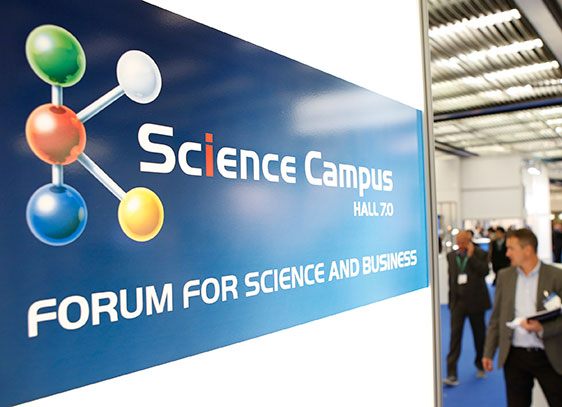뉴스 News
Feature
news
Feature
강민정
2017-01-17
강민정
2016-12-21
Jennifer
2016-10-19
Ms.Kang
2016-10-17
Jennifer
2016-10-13
Ms.Kang
2016-10-13
Ms.Kang
2016-10-11



















